-
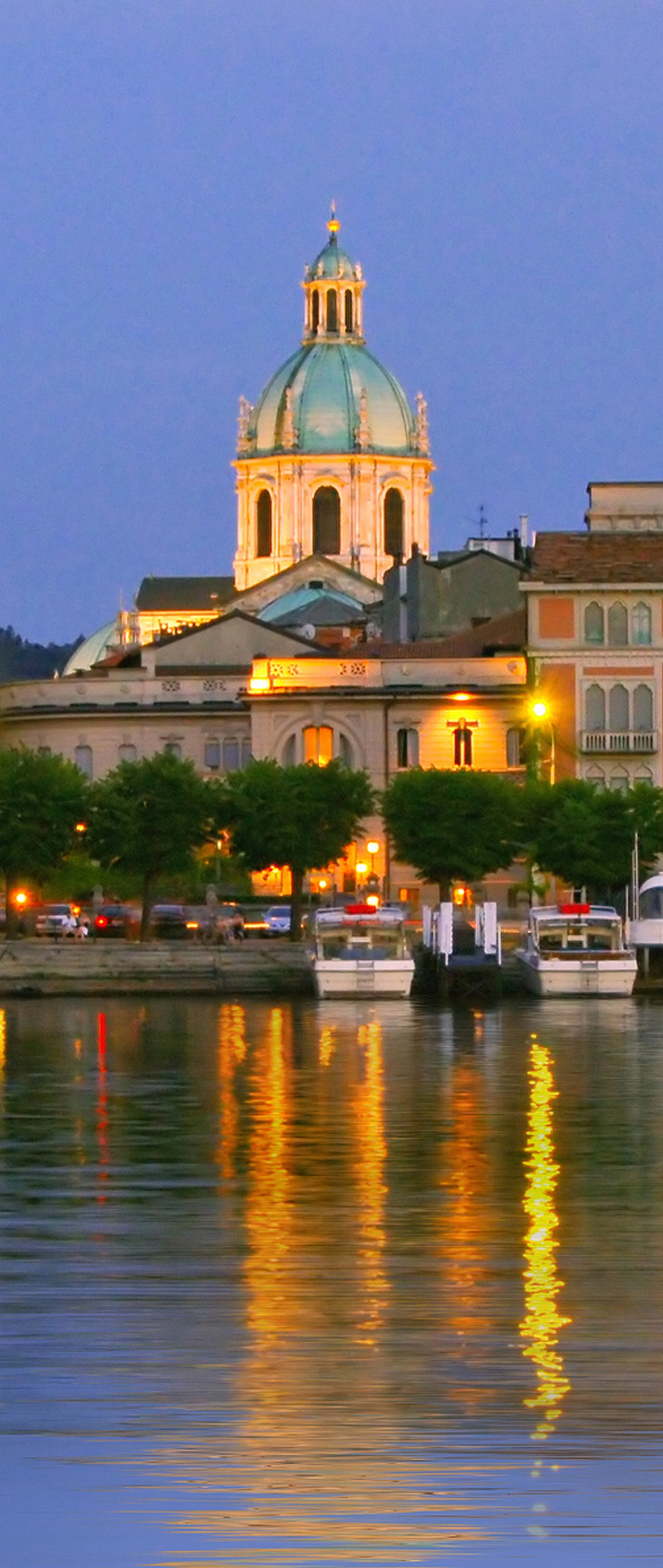
Como Cathedral (Duomo) -
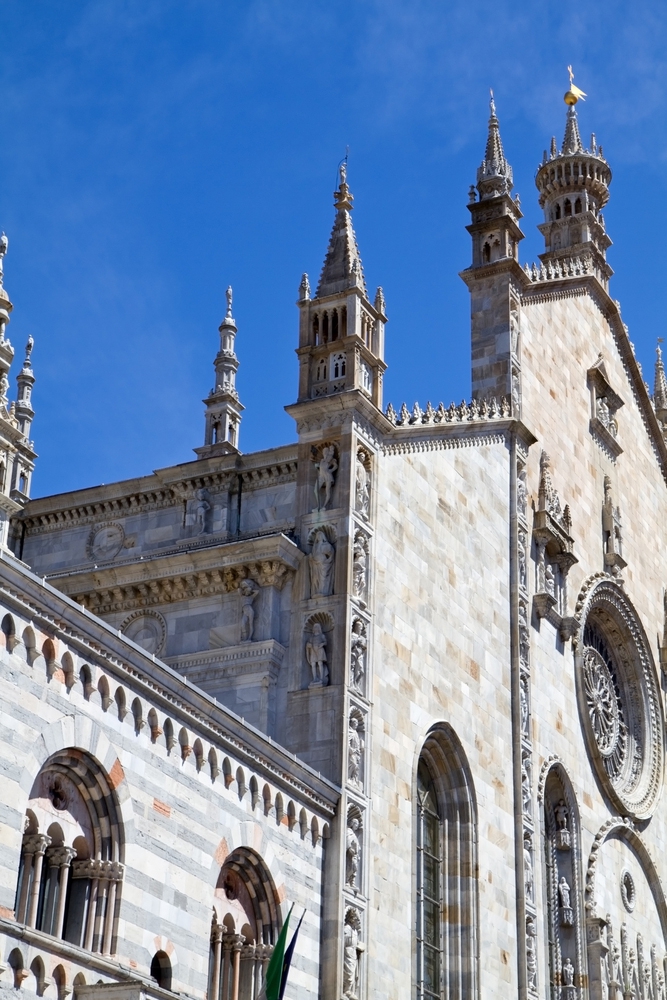
Como Cathedral (Duomo) -
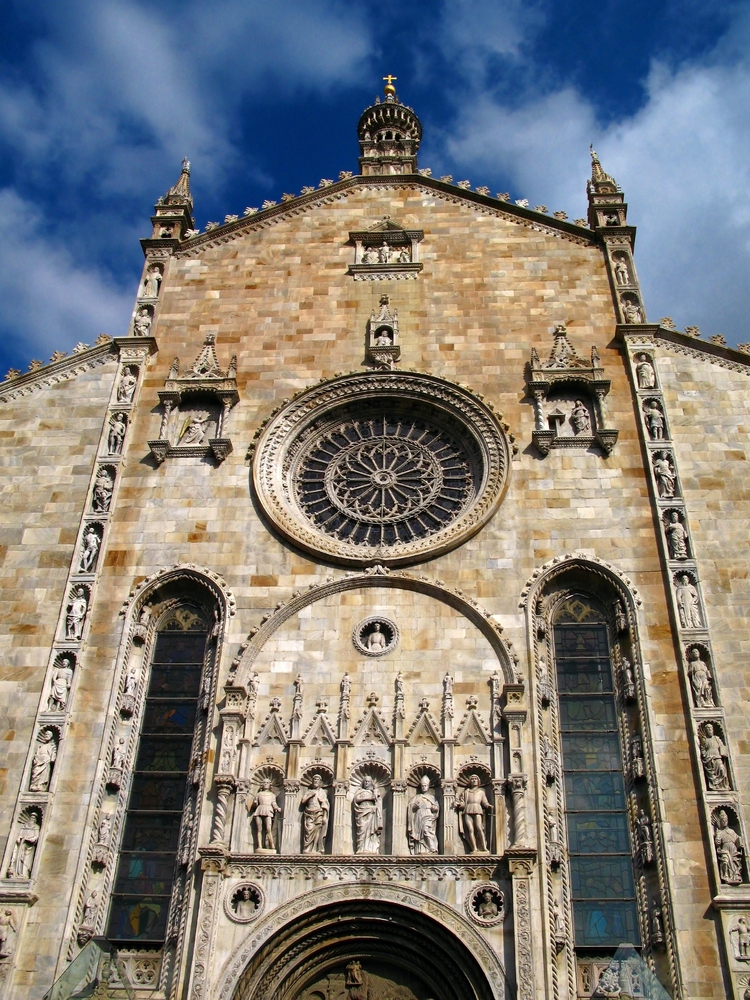
Como Cathedral (Duomo) -
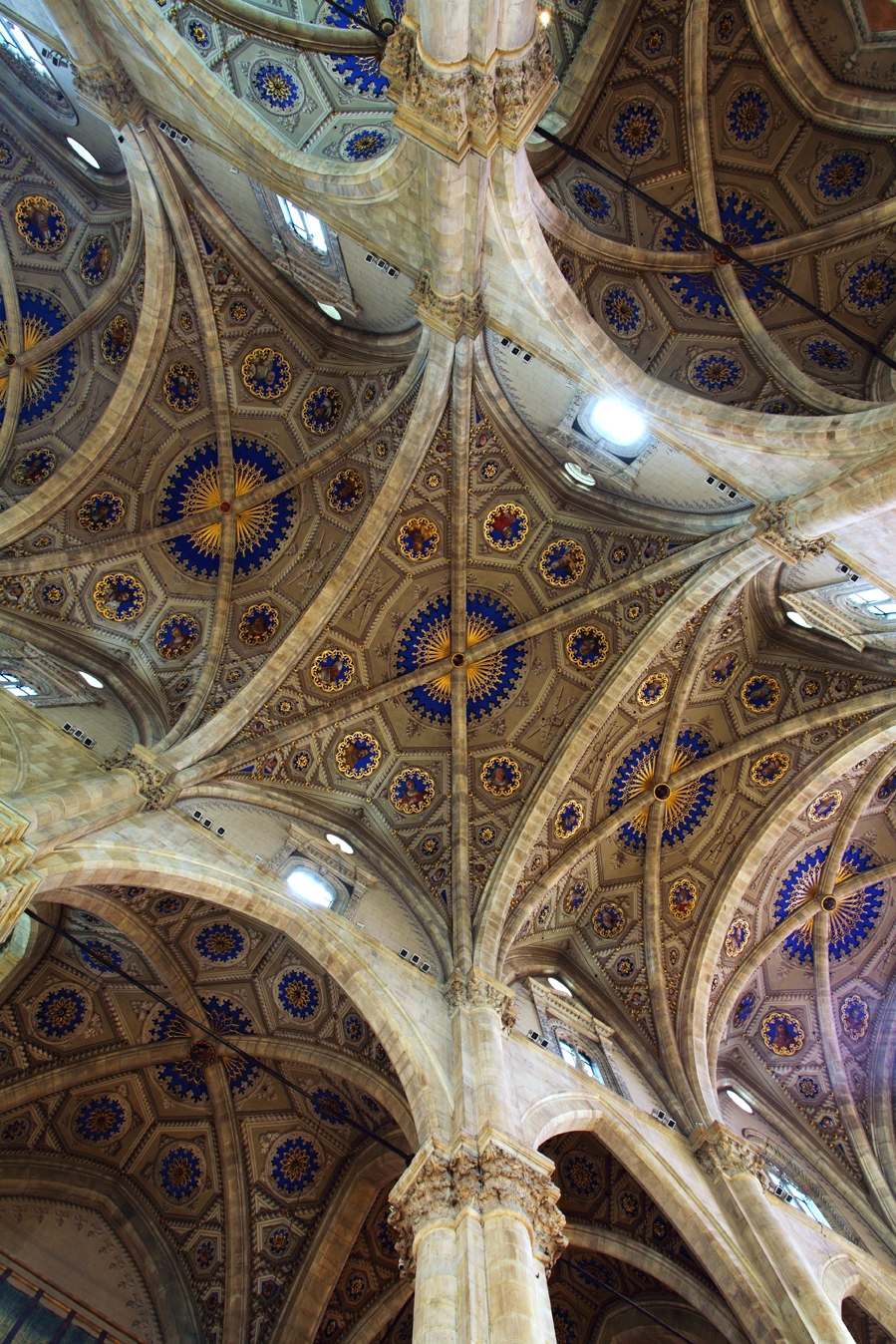
Como Cathedral (Duomo) -
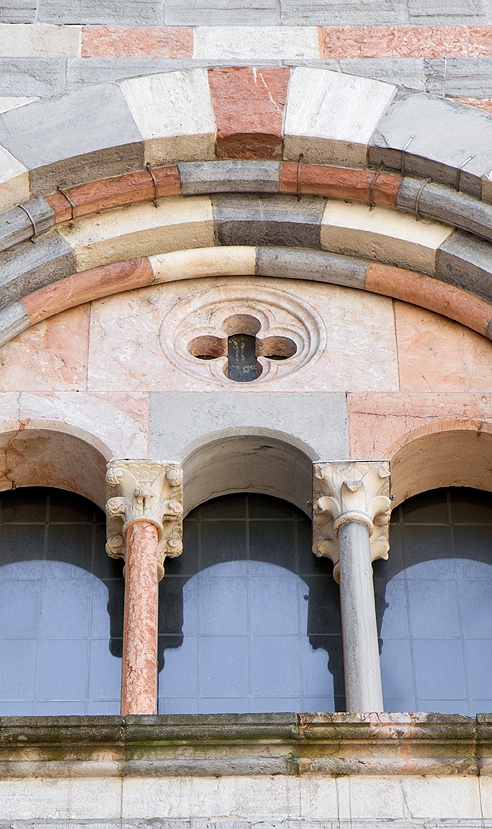
Como Cathedral (Duomo) -
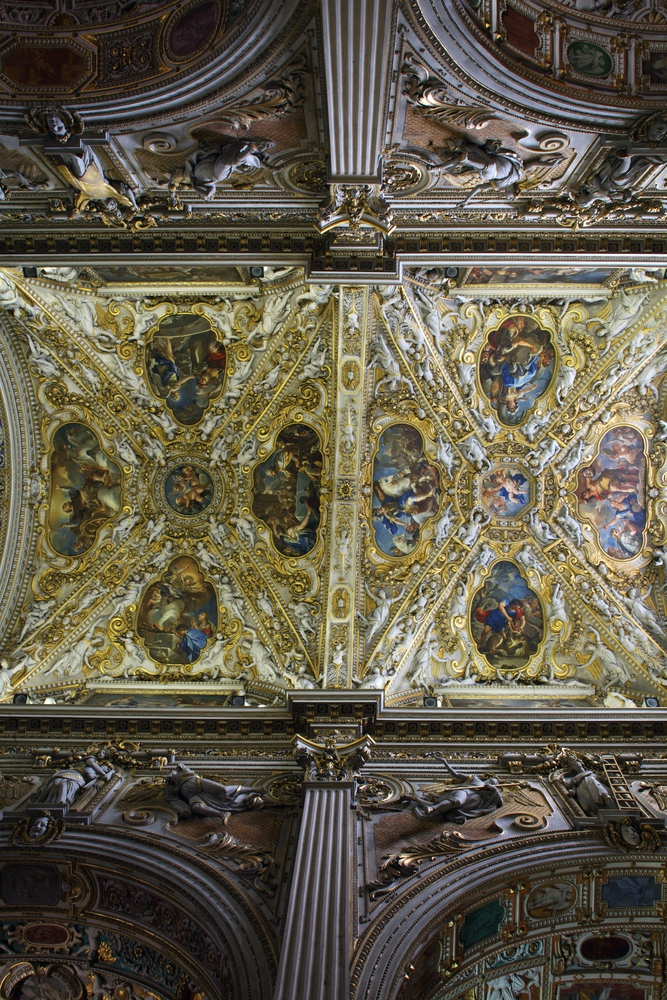
Como Cathedral (Duomo) -

Como Cathedral (Duomo) -
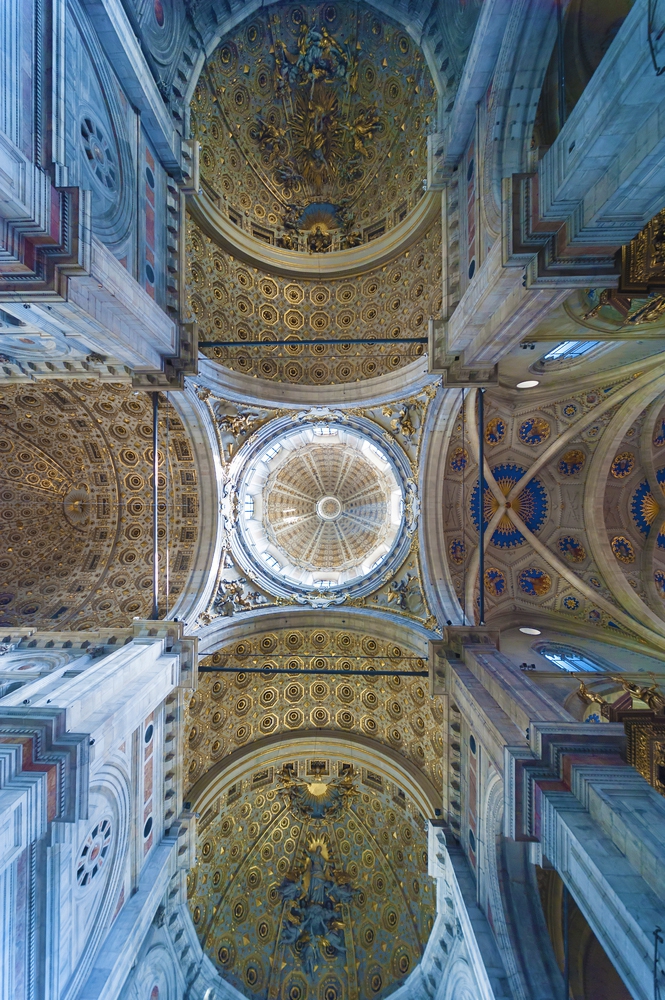
Como Cathedral (Duomo) -
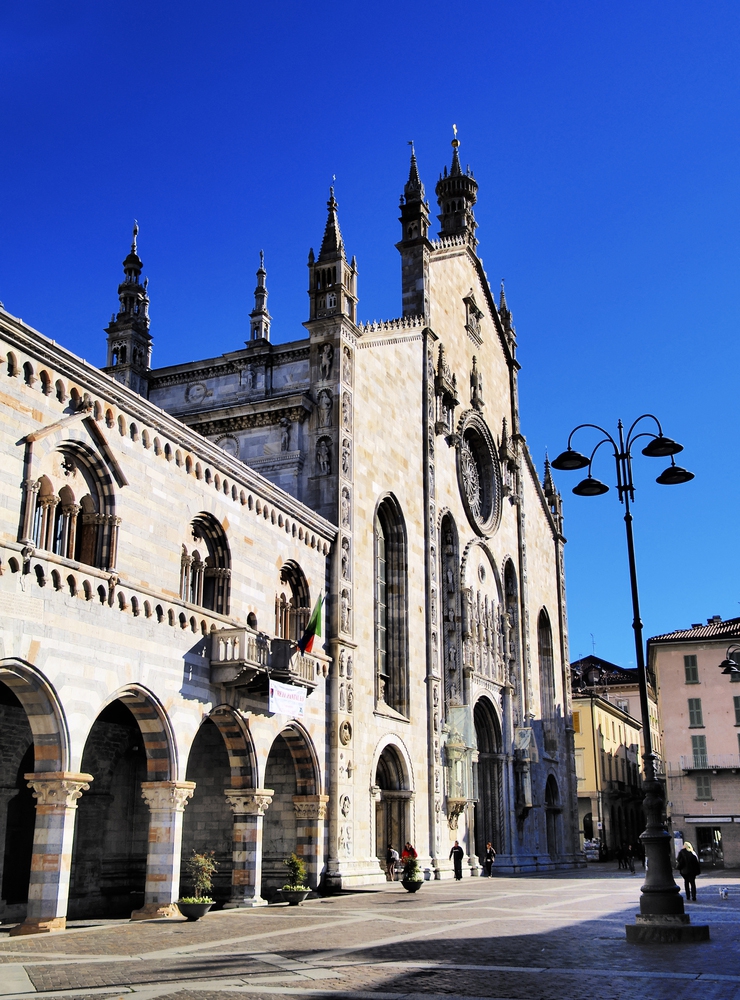
Como Cathedral (Duomo) -

Como Cathedral (Duomo) -
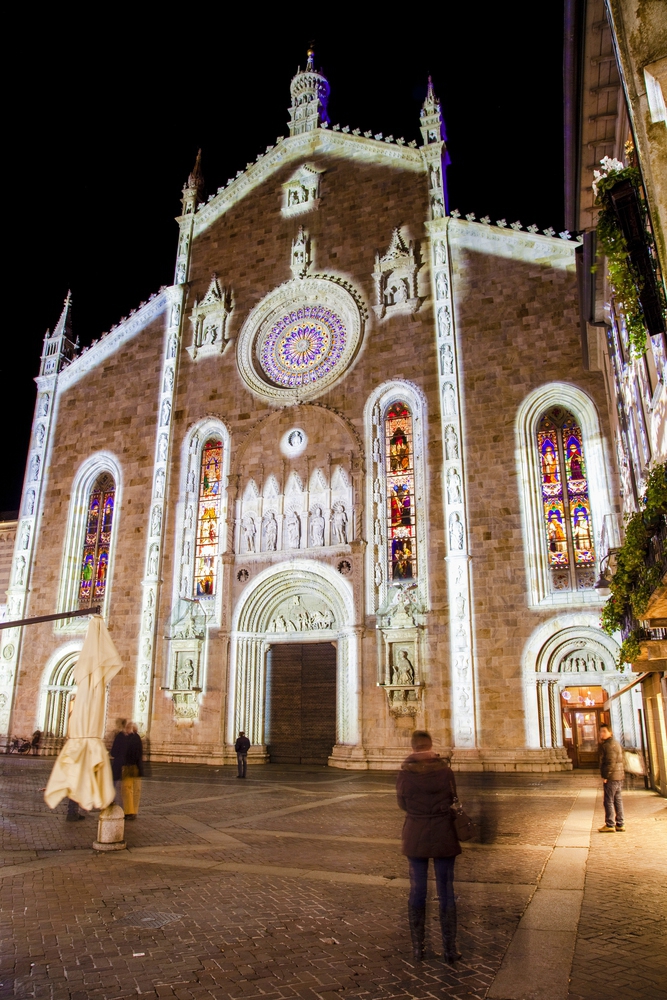
Como Cathedral (Duomo) -
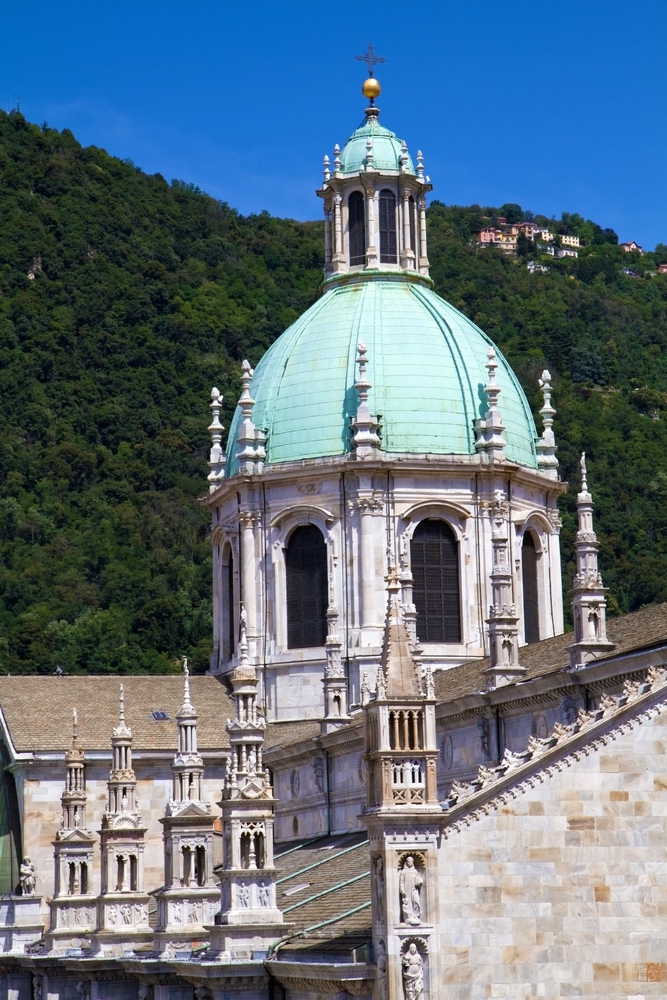
Como Cathedral (Duomo) -
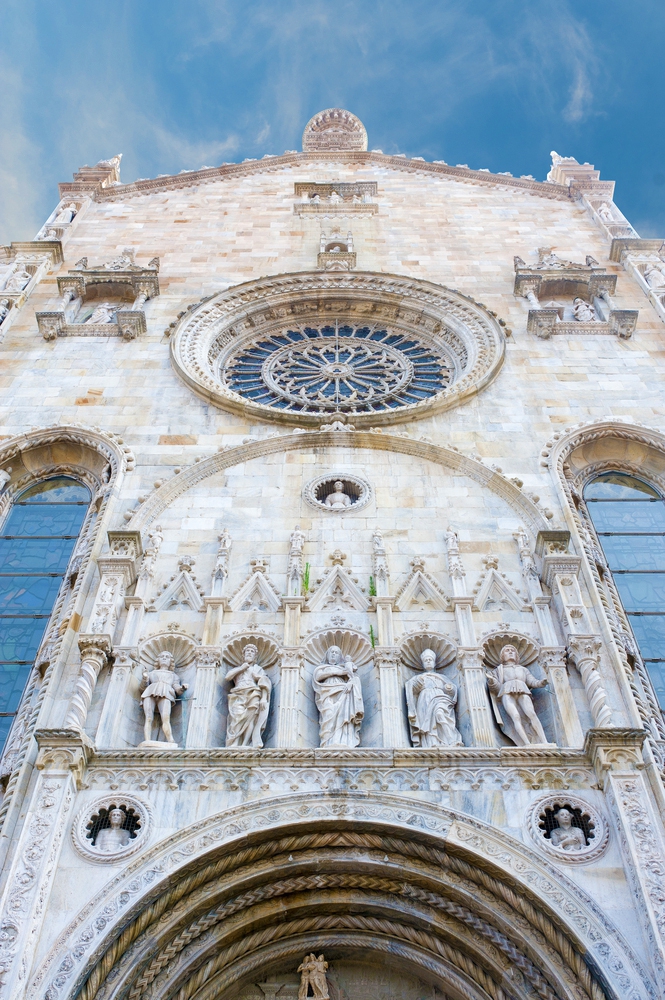
Como Cathedral (Duomo) -
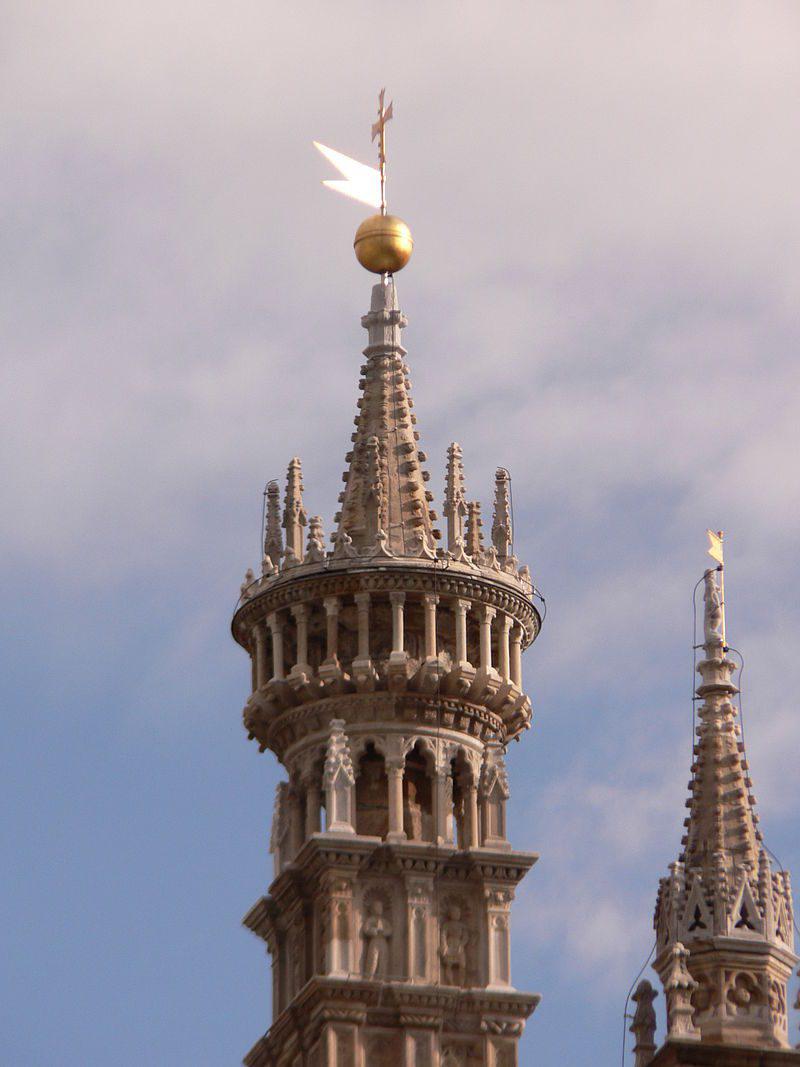
Como Cathedral (Duomo) -
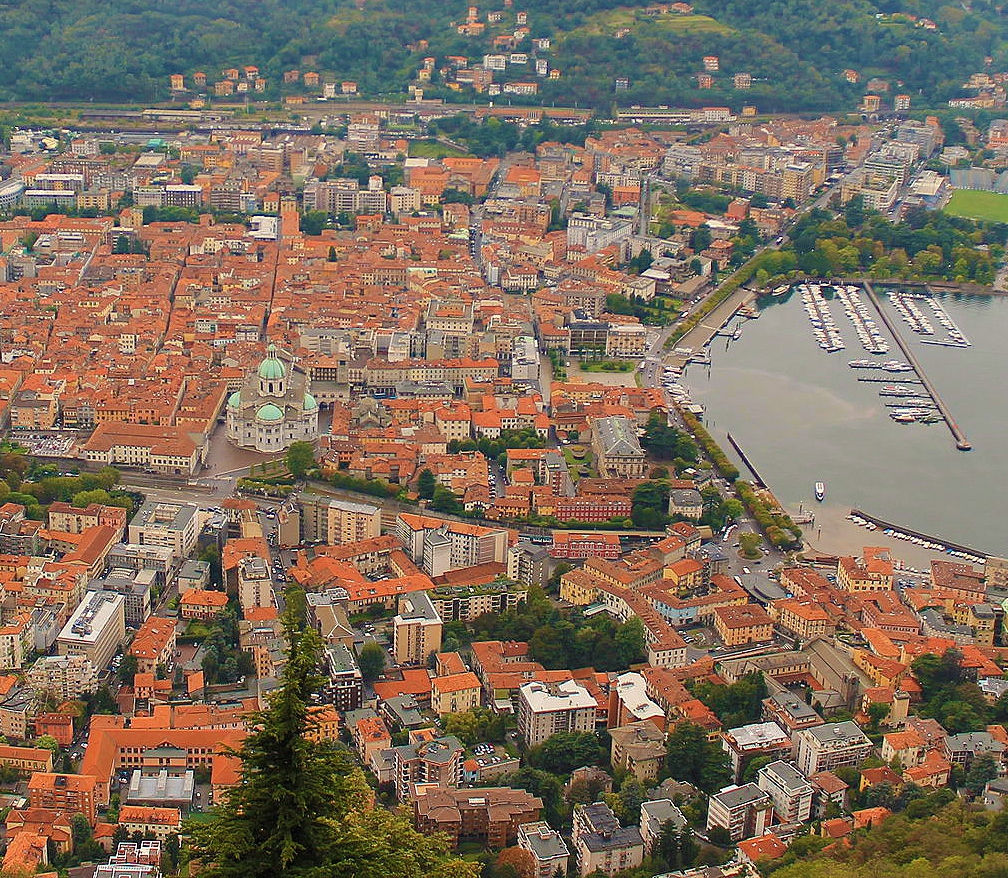
Como Cathedral (Duomo) -
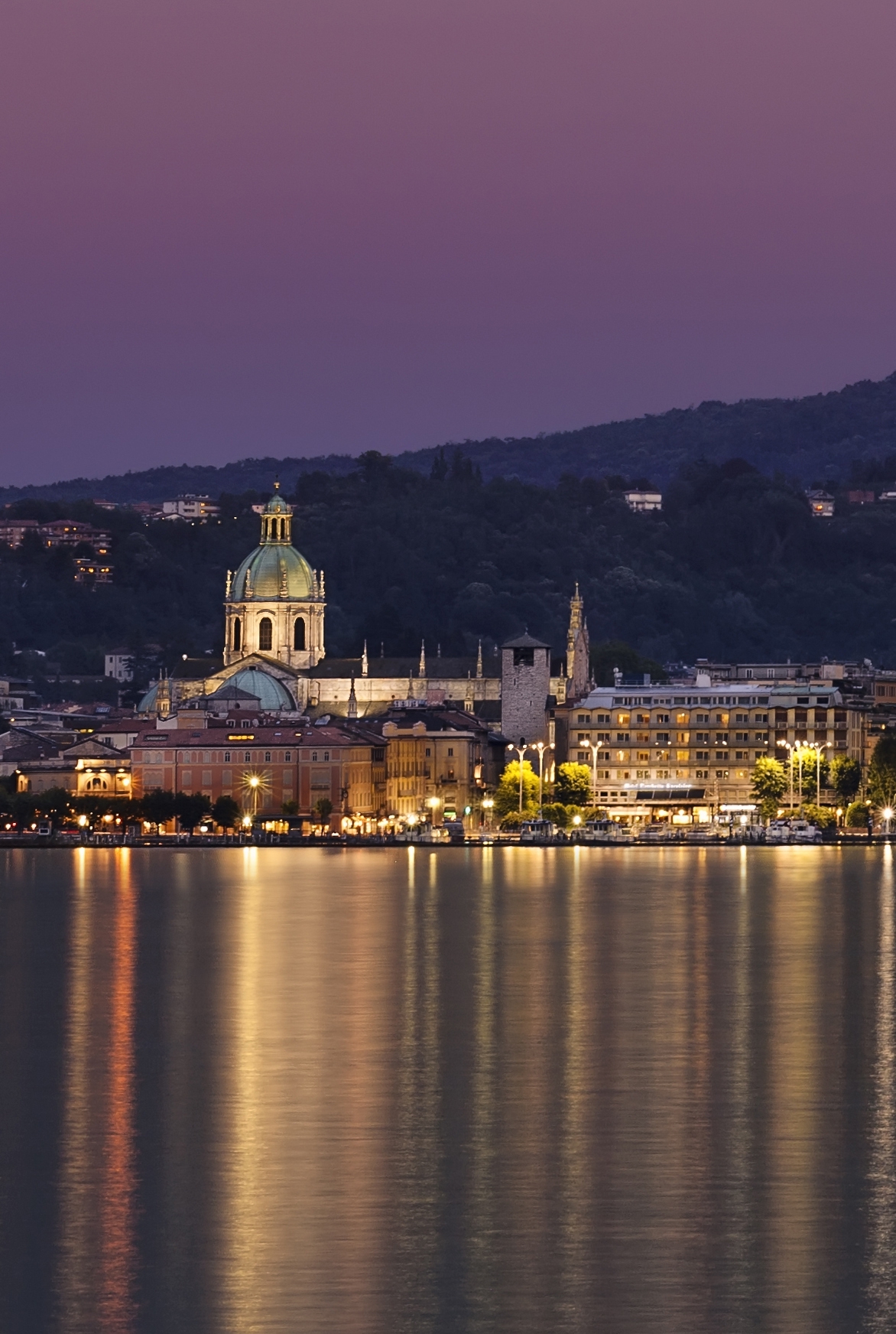
Como Cathedral (Duomo) -
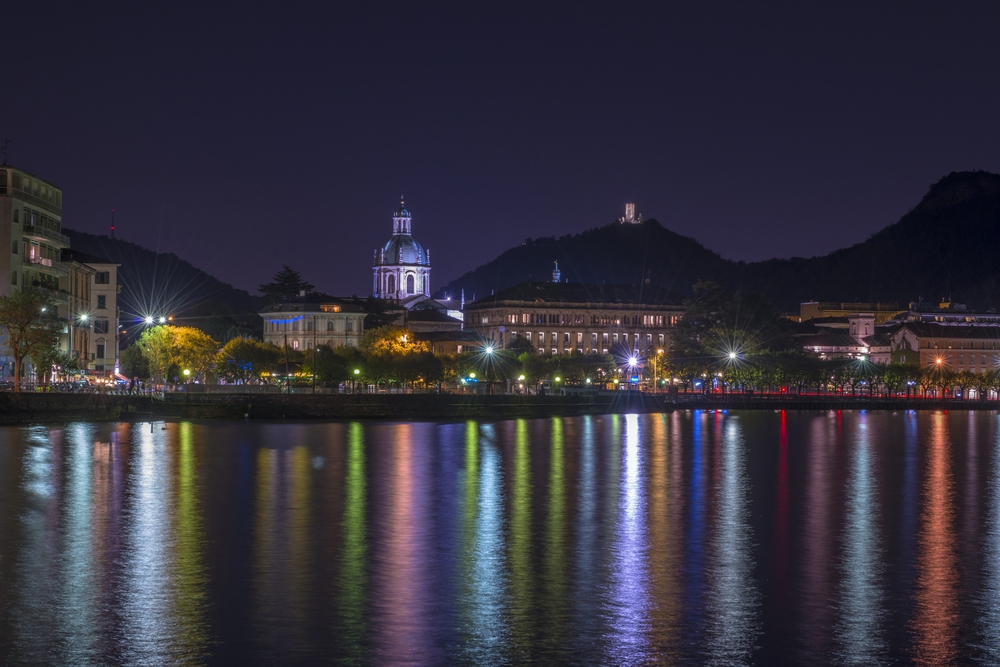
Como Cathedral (Duomo) -
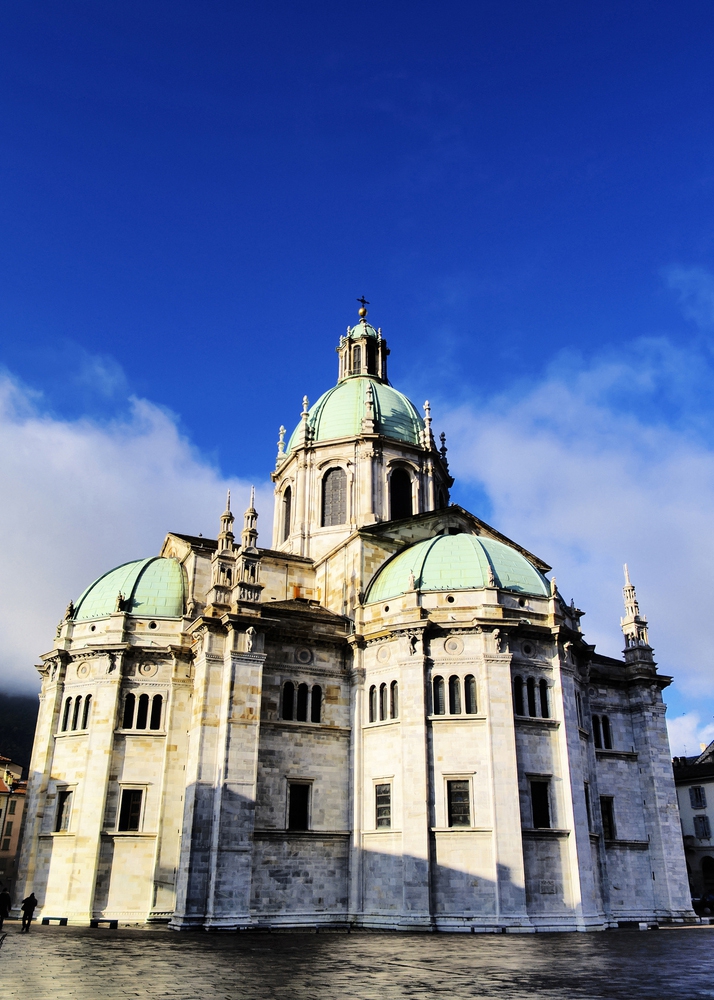
Como Cathedral (Duomo)
Como Cathedral (Duomo) Como Like
History
The cathedral, located near Lake Como, is one of the most important buildings in the region. It is commonly described as the last Gothic cathedral built in Italy: construction on it, on the site of the earlier Romanesque cathedral dedicated to Santa Maria Maggiore, began in 1396, 10 years after the foundation of Milan Cathedral. The construction works, started under the supervision of Lorenzo degli Spazzi di Laino, did not finish until 1770 with the completion of the Rococo cupola by Filippo Juvarra. The imposing west front was built between 1457 and 1498 and features a rose window and a portal between two statues of Pliny the Elder and Pliny the Younger, natives of Como.
Description
It is 87 metres long, from 36 to 56 metres wide, and 75 metres high into the top of the cupola. It has a Latin Cross floor plan with a central nave and two side aisles, separated by pillars, and a Renaissance transept, with an imposing cupola over the crossing. The apses and the choir are of the 16th century. The interior has some important tapestries, and others of the 16th and 17th centuries, made in Ferrara, Florence and Antwerp. There are also a number of 16th-century paintings by Bernardino Luini and Gaudenzio Ferrari.
Don’t Miss the Door of the Frog
The northern entry to the Cathedral is called “door of the frog" because of a frog trying to catch a butterfly, sculpted in the beginning of 1400. Touching the frog is said to bring good luck.
More to Explore.
Lake Como's rich history of church building goes back many centuries. Their storied past includes miracles, political intrigue and competition for parishioner loyalty.